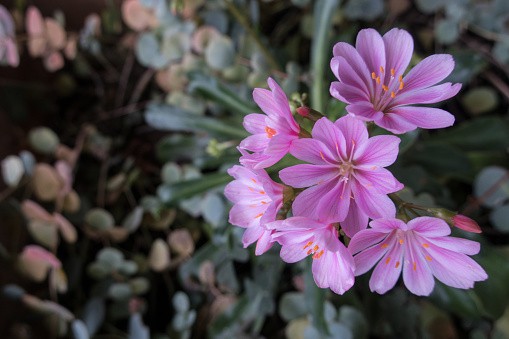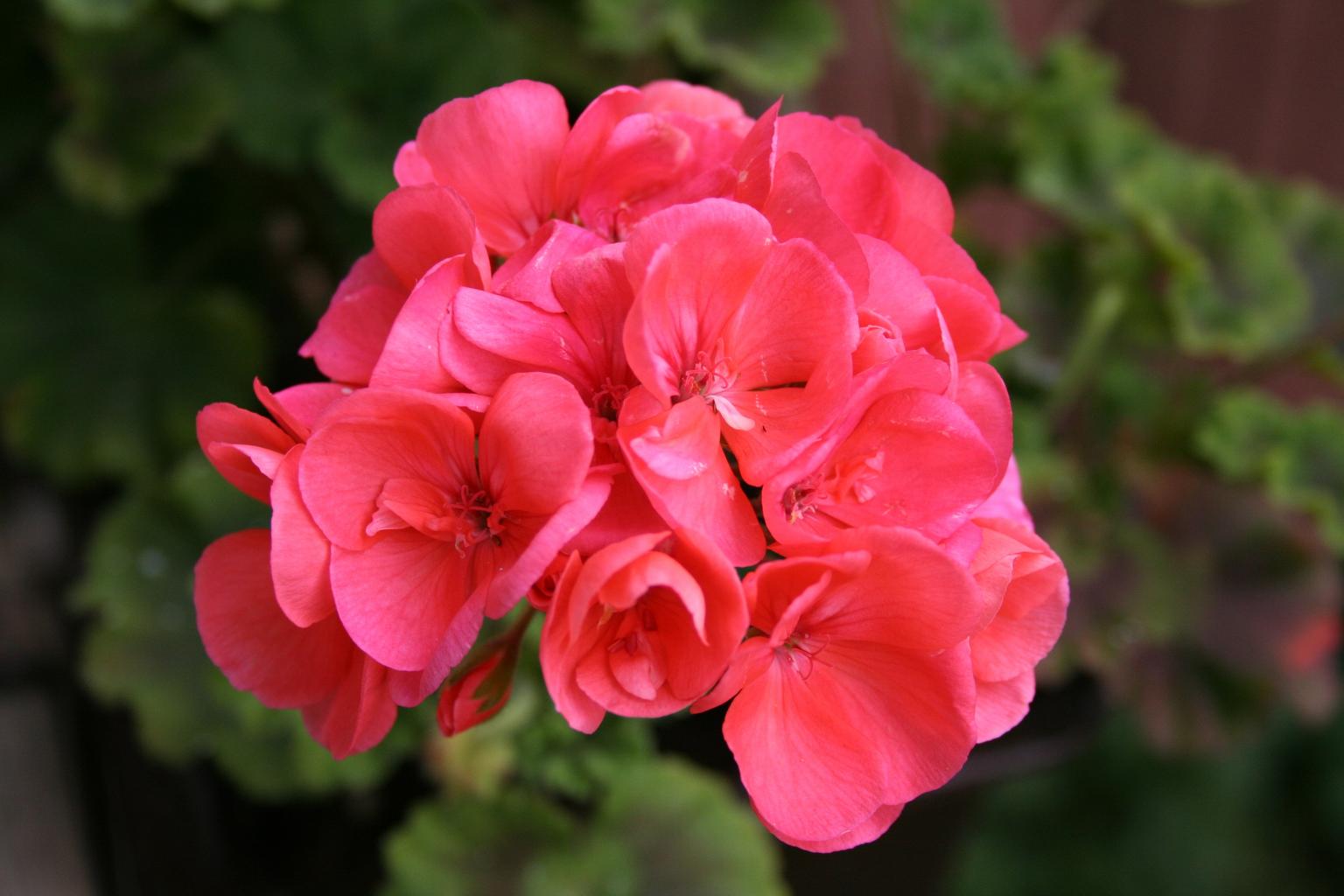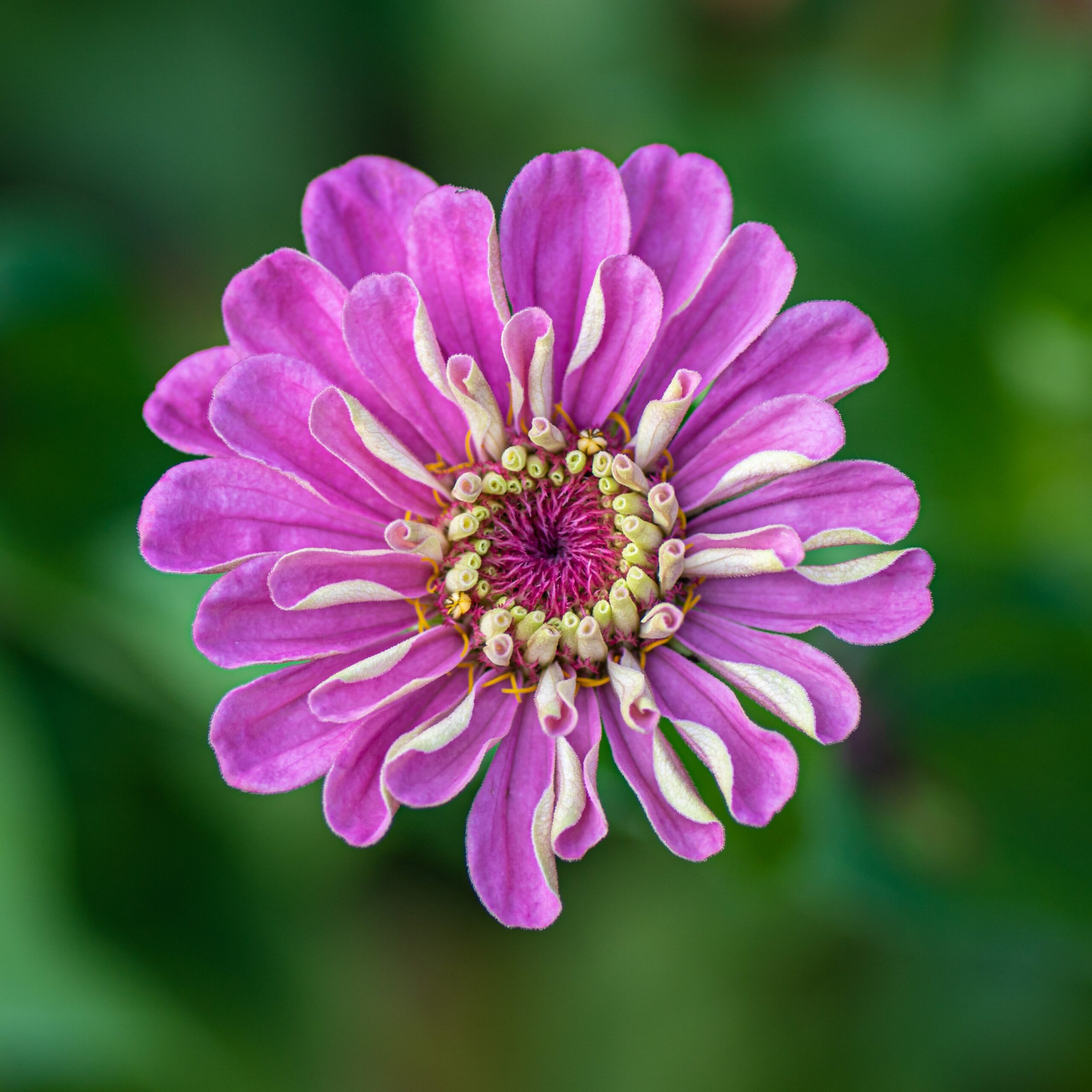The Siskiyou Lewisia and Lewisia Cotyledon are two delicate and beautiful evergreen perennials that are certainly worth investing in. Not only are they beautiful additions to any landscape, they are also RHS Award Winners, and extraordinarily easy and efficient grower, making them popular among gardeners all over the world.
The Siskiyou Lewisia and Lewisia Cotyledon belong to Portulacaceae family and take on a bushy form. They produce adorable rosettes of fleshy dark foliage and in late Spring they blossom with vividly-colored flowers, mostly pale pink to vibrant magenta, yellow, orange and salmon pink petals. Each petal usually sports two tones of color, adding to its distinct charm, making it a great option for both rock gardens and containers. They typically reach mature heights of up to twelve inches.
Meaning and Symbolism
The Siskiyou Lewisia and Lewisia Cotyledon have quite the symbolic value. The word “Lewisia” is derived from the surname of the American explorer Meriwether Lewis in 1806, who discovered and cataloged several species when he was leading his expedition. Additionally, the physical characteristics of the flower bear their own symbolism. Its petals are often associated with joy, delight and love, making it the perfect flower to express one’s appreciation and admiration.
History, Mythology & Religious Significance
The Siskiyou Lewisia and Lewisia Cotyledon has quite the travel history. It was first discovered in the mountains of Siskiyou County, California by English botanist William Wright Smith before he renamed it after Meriwether Lewis. Mythologically speaking, some believe that the Lewisia Cotyledon herb was known for its very hardy nature and so was once used for energy and healing. In the symbolism bible of flowers, the Herbal Emblems of John Gerard of 1596, the flower stood for a great appreciation of nature.
The flower has also been invoked in religious spaces and ceremonies for centuries. An 18th century French Christian missionary in Florida named Father Friar Poirier wrote that the Lewisia Cotyledon flower was quite significant in native spiritual ceremonies and was kept in their homes as sacred protection from evil spirits.
Types & Characteristics
The amazing Siskiyou Lewisia and Lewisia Cotyledon come in several varieties each bearing its own characteristics as mentioned below:
Lewisia Cotyledon Stickyrose: Surely one of the showiest of all perennial plants, the ‘Stickyrose’ variety carries its vibrant hot pink blooms all the way through late spring and early summer. The 0.5-inch wide flowers of the ‘Stickyrose’ variety often feature a darker reverse, giving a nice contrast in color. The foliage remains glossy green all year round.
Lewisia Cotyledon Pink cluster: The ‘Pink Cluster’ variety is highly prized for its profuse clusters of white to deep pink to light lavender flowers in the late spring and early summer. Its petals typically sport two tones of color, adding to its charm. Its foliage remains a deep dark green all year round.
Lewisia Cotyledon Buffy: A variation of the ‘Buffy’ is equally as showy and brings forth clustered blooms of deep yellow to light orangish yellow flowers from the late spring well into the early summer. Its foliage colors are a cool chartreuse green, which is the perfect contrast for its brightly colored blooms.
How to Plant & Grow
Siskiyou Lewisia and Lewisia Cotyledon need plenty of sunlight and some form of protection from the wind. They should be planted in areas that receive full or partial sun and in soils that are well drained and slightly alkaline. During the growing season, they should be watered regularly, while keeping in mind that they don’t like wet feet. So it is better to water them until the soil is moist and resist the temptation to overwater. They are hardy in the Zones 3-8 and blooms in late spring.
As they don’t require much fertilizer, they should be fertilized only once every 1-2 growing seasons using a well balanced fertilizer. After fertilizing, it is recommended to water the area thoroughly to ensure that the nutrients are properly distributed. During the winter season, the soil should be kept slightly moist but not soaked. If planted in containers, they should be repotted every spring for optimal growth.
Pruning & Potted Repotting
Prune Siskiyou Lewisia and Lewisia Cotyledon moderately in late winter and again in late spring, removing all dead, faded or withered flowers or foliage to keep it neat and compact. Prune to maintain a compact size and compact shape, or to encourage a fuller flowering display by removing any deadheading for a neater appearance. Potted repotting should be done in early spring, usually every two to three years, depending on how quickly the plant is growing.
Propagation
Propagating Siskiyou Lewisia and Lewisia Cotyledon is fairly easy. They can be propagated through division, either early in spring or late in fall. Simply divide the plants and replant them in the desired area space. Other popular methods include stem cuttings, root cuttings and offshoots. The plants can also be propagated by sowing, which is best done approximately 1-2 weeks before the last winter frost.
Common Pests & Diseases
The Siskiyou Lewisia and Lewisia Cotyledon are vulnerable to some common pests, such as aphids and mealybugs. They also may be prone to powdery mildew, particularly in moist or humid climates. While deadheading spent flowers can reduce the risk of powdery mildew infection, prevention is the best option and should be treated early. To keep the plant healthy and protect against pests, it is recommended to dust the foliage (both sides) at the base of the plant using neem oil.
Frequently Asked Questions
How much sun does the Siskiyou Lewisia and Lewisia Cotyledon need?
The Flower grows best in full sun to light shade locations.
Is the Siskiyou Lewisia and Lewisia Cotyledon easy to grow?
Yes, they are very easy to grow and require little maintenance, making them a great choice for new gardeners.
How often do you need to water the Siskiyou Lewisia and Lewisia Cotyledon?
They should be watered regularly during the growing season but not overly, as the plant does not like wet feet.
Fact Sheet
| Name | Siskiyou Lewisia and Lewisia Cotyledon |
|---|---|
| Family | Portulacaceae |
| Plant Type | Perennial |
| Mature Size | Up to 12 inches |
| Sun Exposure | Full or partial sun |
| Soil Type | Well-drained |
| Soil pH | Slightly alkaline |
| Bloom Time | Late spring |
| Flower Color | Pale pink to vibrant magenta, yellow, orange and salmon pink |
| Hardiness Zones | 3-8 |
| Native Area | Siskiyou County, California |
What we love from Amazon this week
Buy these wonderful flowers directly from Amazon:















